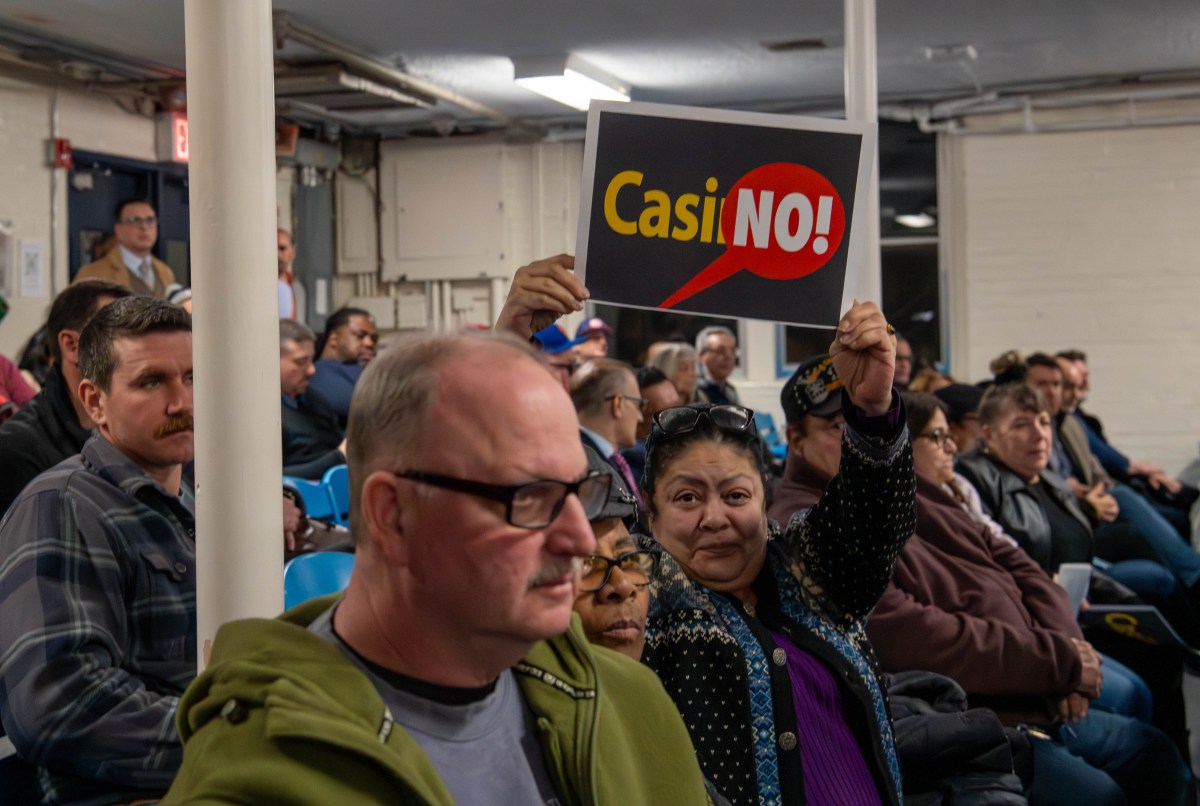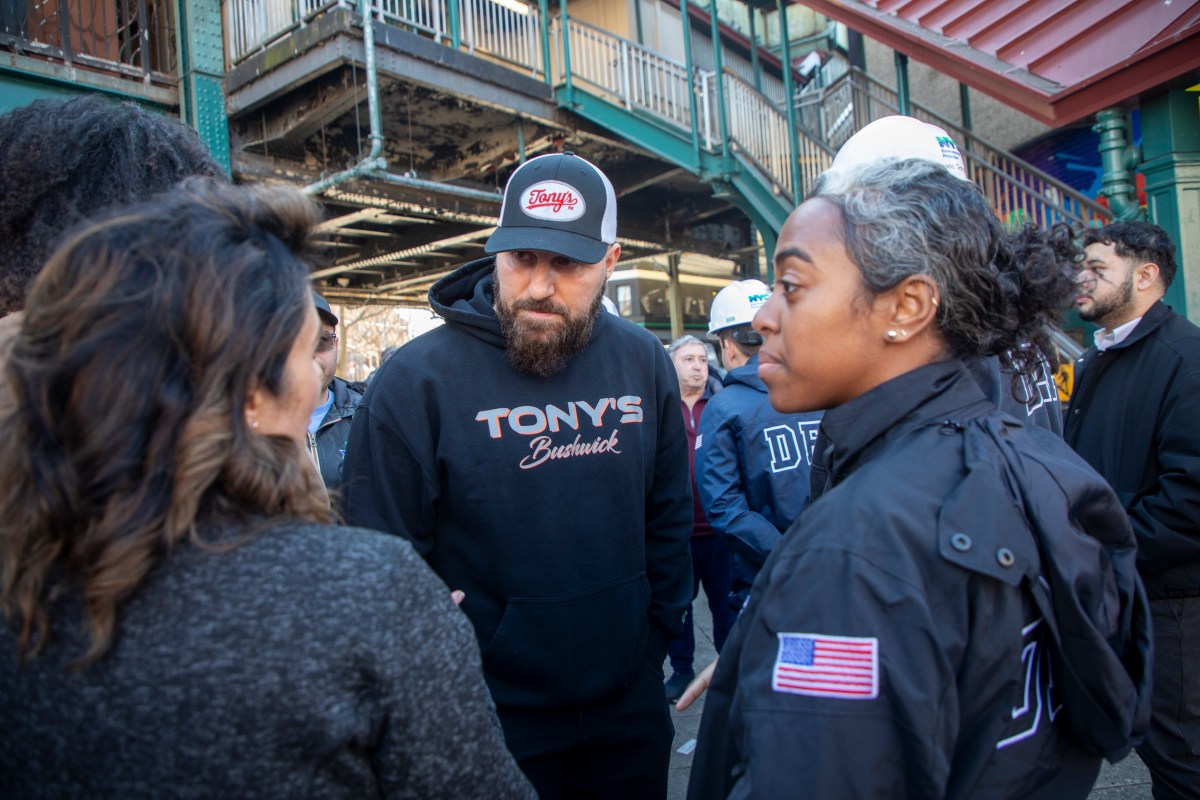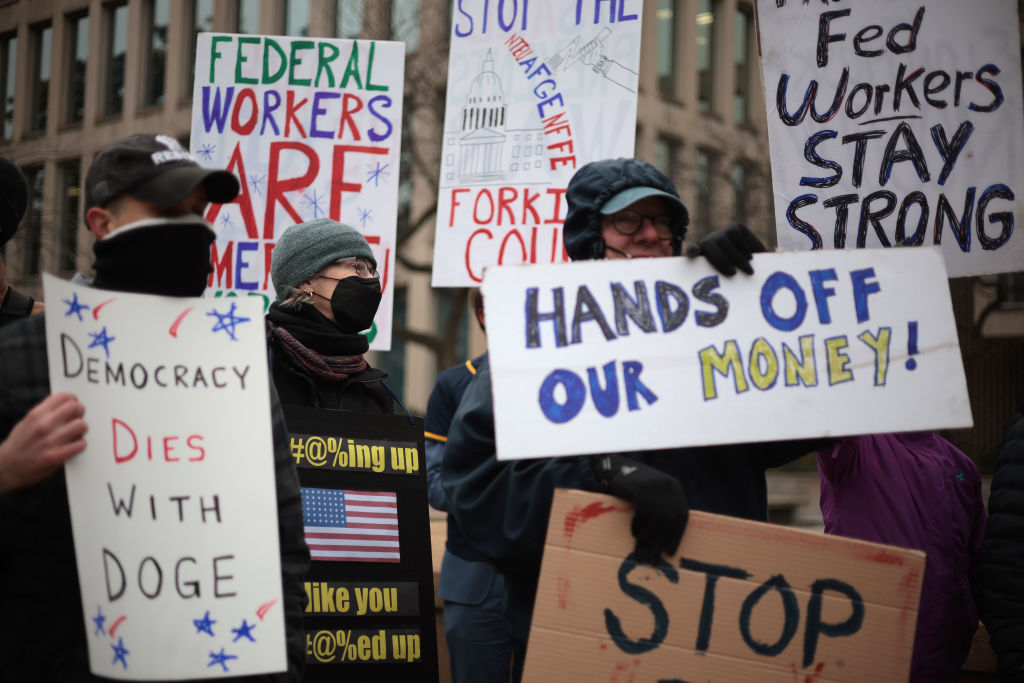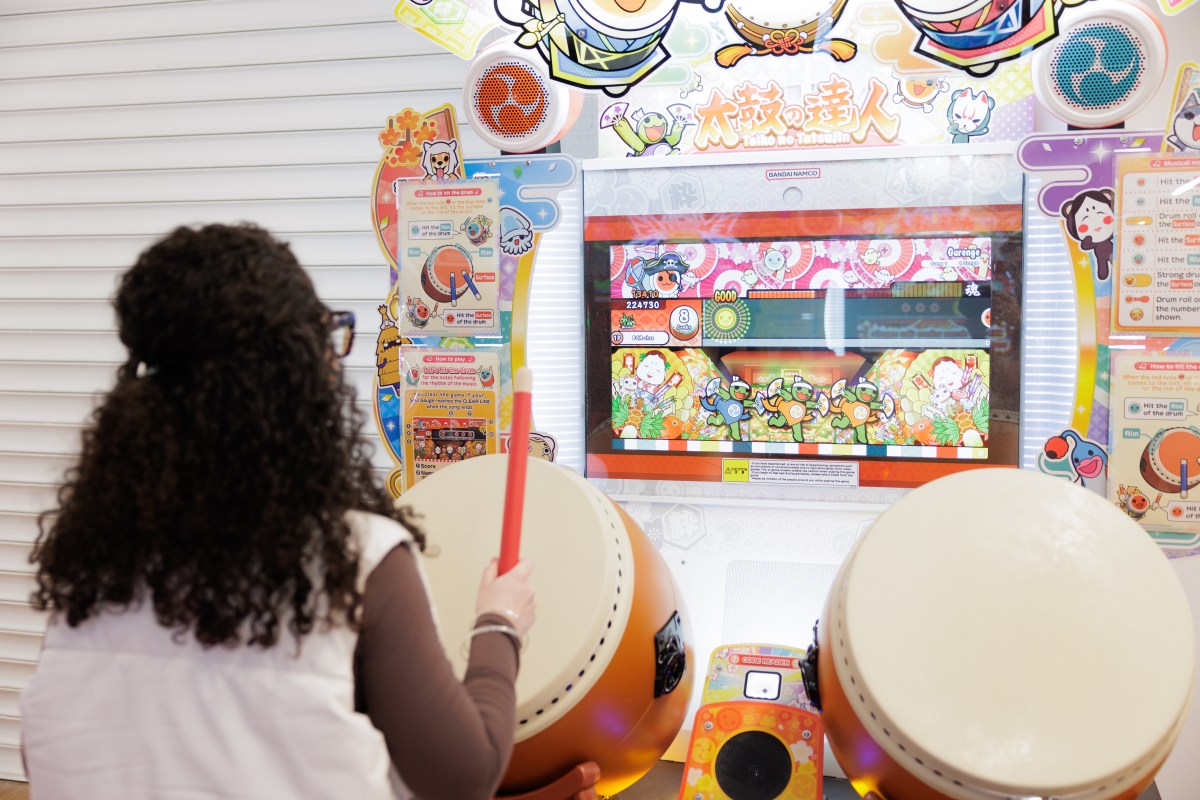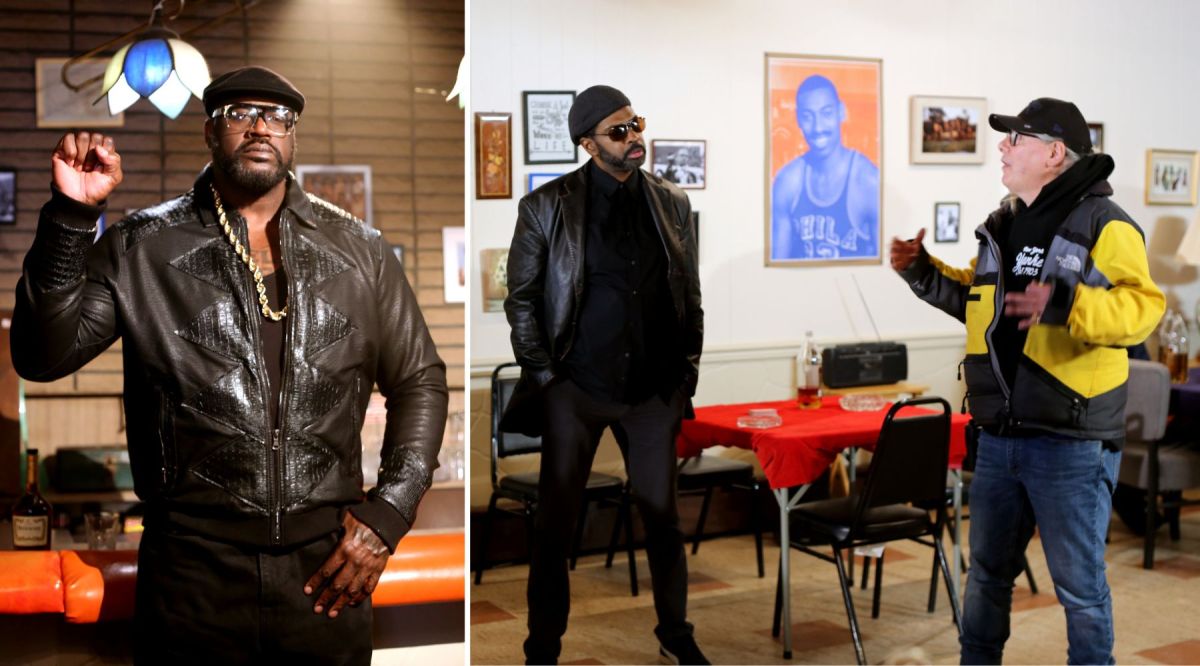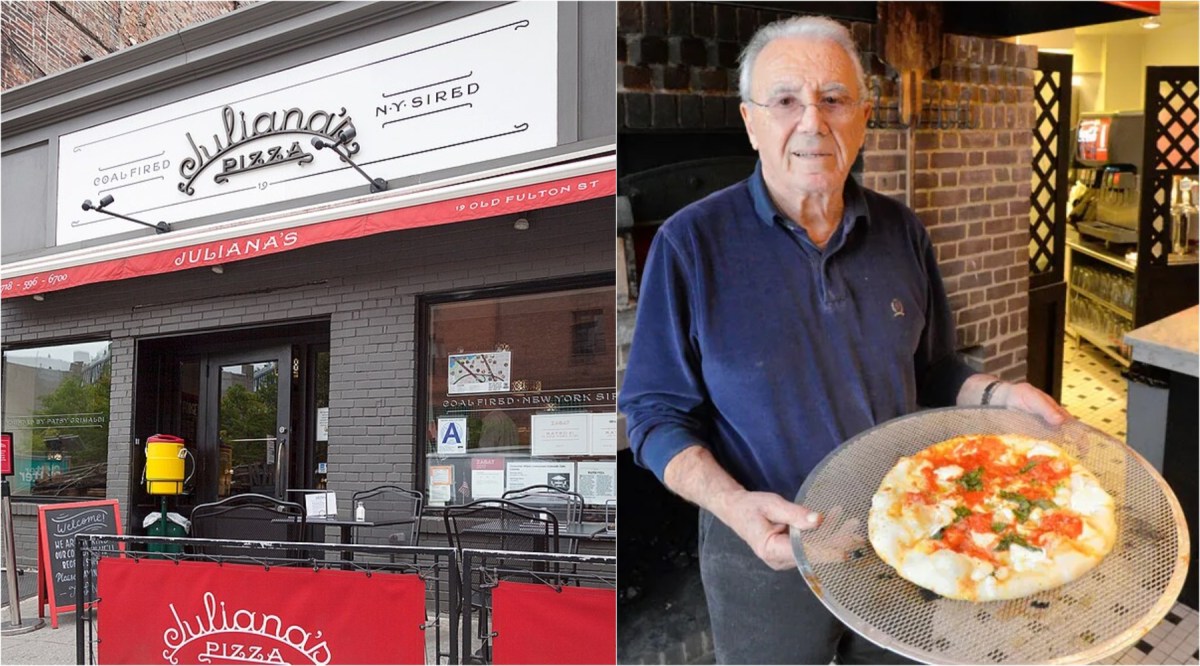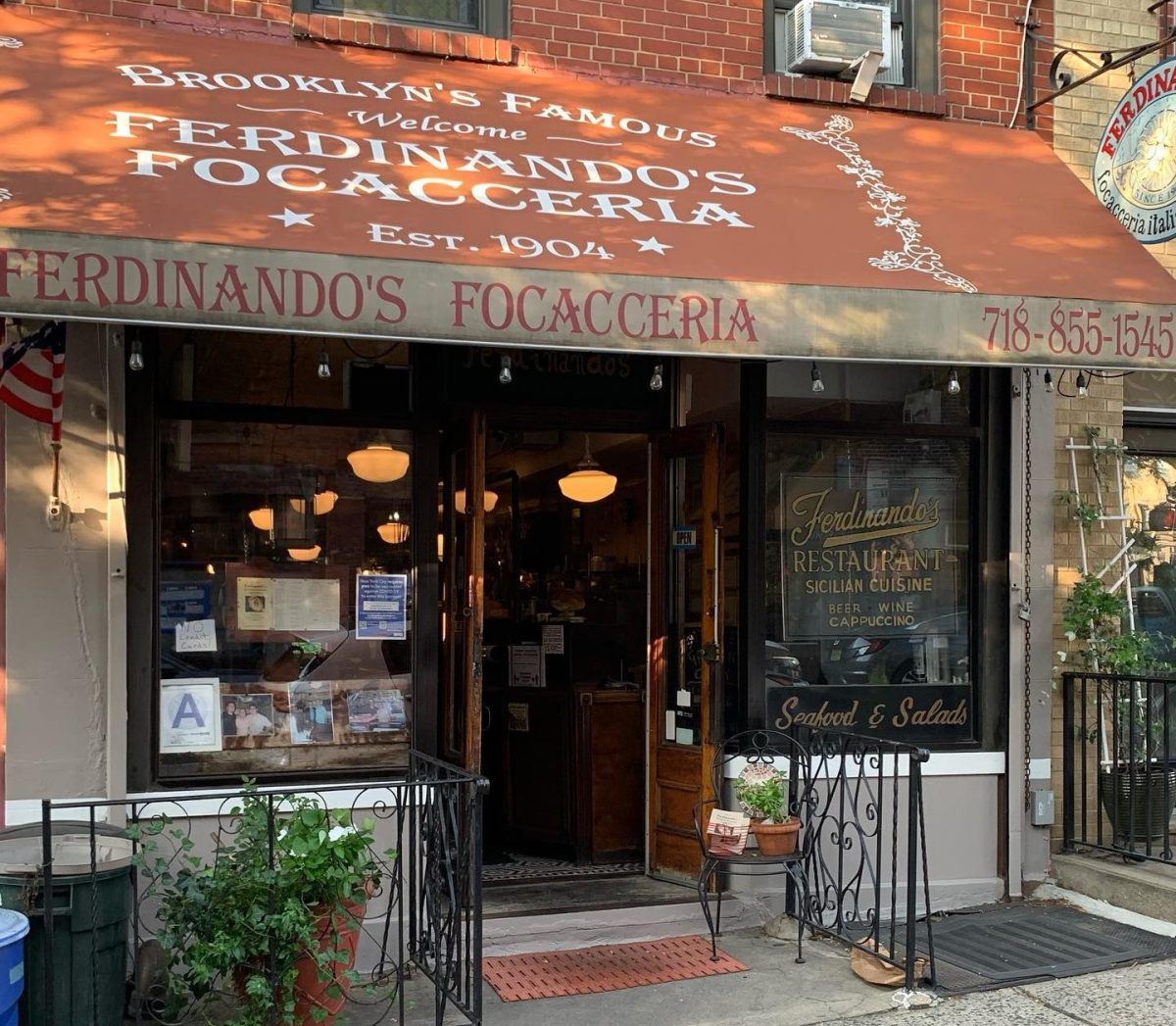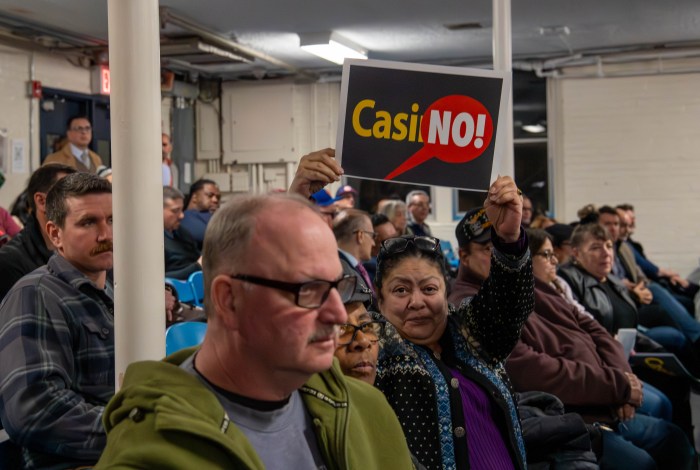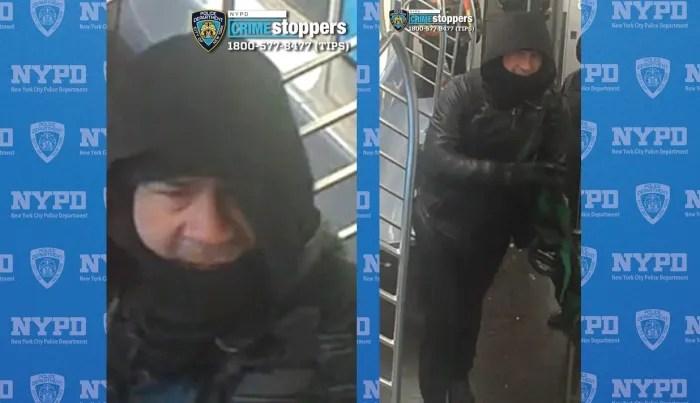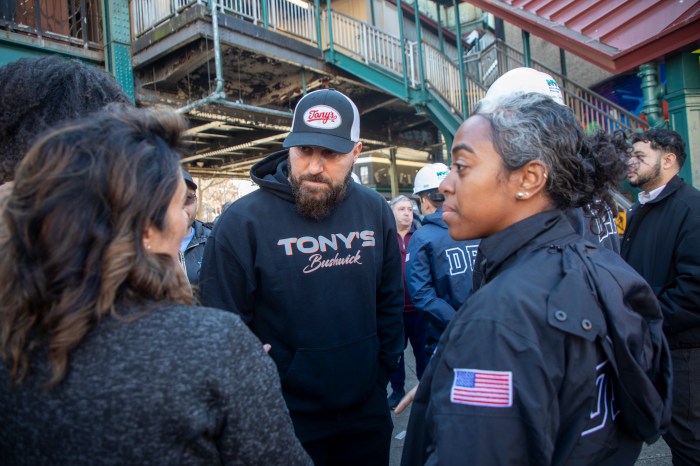Now in its third week, congestion pricing in NYC has continued to reduce traffic into Manhattan, according to updated data from the Metropolitan Transportation Authority (MTA).
The program, which launched on Jan. 5, saw an overall 7.5% reduction in traffic within the Congestion Relief Zone (CRZ) south of and including 61st Street throughout the week of Jan. 5. Similar results continued into the week of Jan. 13, with fewer cars penetrating the CRZ each day.
According to MTA data, there was an average of 26,619 fewer vehicles on the road in Manhattan from Monday, Jan. 13, through Friday, Jan. 17, for a total of 133,097 fewer vehicles over the course of the week.
Revenue from the program, which is yet to be announced, will be used to fund public transportation improvements, including the Second Avenue Subway, improvements in signalizing and accessibility at train stations throughout the city.
“The early data backs up what New Yorkers have been telling us all week – traffic is down, the streets feel safer and buses are moving faster,” MTA Chair and CEO Janno Lieber said after the first round of data was released on Jan. 13.
Many drivers and New Yorkers who rely on public transportation have opposed the congestion pricing program. Some have contended that the program, which charges a base toll of $9 at peak times to enter the busiest parts of Manhattan, is an unfair tax burden.
However, the MTA remains steadfast that the vehicle-limiting program is necessary to reduce traffic and air pollution in bustling parts of Midtown and Lower Manhattan.
Demetrius Crichlow, NYC Transit president, said earlier this month that vehicle speed is getting faster, too.
“When a car is able to travel faster over a bridge or through a tunnel, that motorist saves a few minutes, but when a bus is able to do the same, 50 people benefit from those time savings,” he said. “We hope to see a continuing trend of better bus speeds, which will only make the transit network stronger, and complement the best subway on-time performance in over decade and increased service frequencies across 12 subway lines.”
Read More: https://www.amny.com/nyc-transit/














